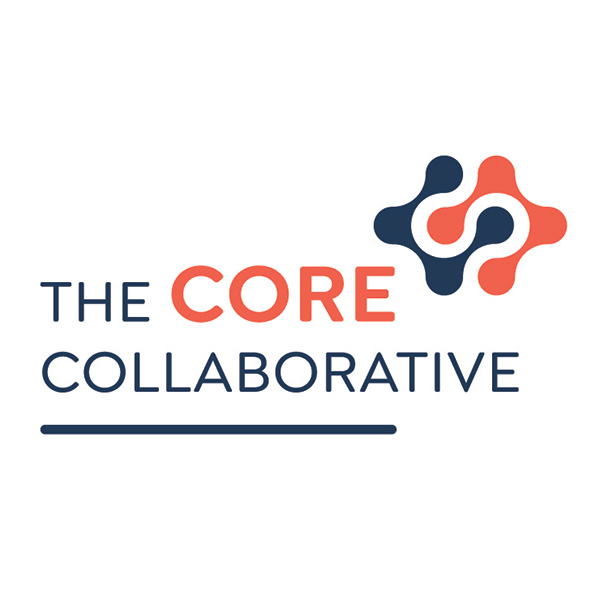Creating a learner-centered and learner-owned curriculum is crucial in advancing student agency. Such an approach empowers students to take control of their learning journey, fostering a deeper and more personal connection with the material. Here are eight tips to ensure that the curriculum truly centers on and belongs to the learners.
Eight Tips for Learner-Centered Curriculum Designers
1. Start with the Learners’ Needs and Interests
Understanding your learners is the first step. Gather information about their backgrounds, interests, learning styles, and needs. This understanding allows for the creation of a curriculum that resonates with them on a personal level. Integrating topics that interest learners can make learning more relevant and engaging, increasing motivation and the desire to take ownership of their education.
2. Incorporate Choice and Flexibility
Offering learners choices in what, how, when, and where they learn can significantly enhance their sense of ownership. This could mean allowing students to select from a range of topics for a project or choose their method of assessment. Such flexibility caters to different learning styles and paces, encouraging students to take responsibility for their learning outcomes.
3. Facilitate Goal Setting and Reflection
Encourage students to set their own learning goals and regularly reflect on their progress. This process helps them develop a clear understanding of their objectives, recognize their growth, and identify areas for improvement. Reflection can be facilitated through journals, discussions, or portfolio assessments, providing students with a voice in their learning journey.
4. Promote Collaborative Learning
Learning is a social activity. Structuring the curriculum to include group projects, peer review, and collaborative problem-solving can foster a sense of community and shared responsibility. These activities encourage learners to express their ideas, listen to others, and work together towards common goals, thereby enhancing their agency.
5. Integrate Real-World Problems and Projects
Incorporate projects that tackle real-world problems relevant to the learners’ lives and communities. This approach not only makes learning more meaningful but also demonstrates the practical application of knowledge and skills. Engaging in projects that have real-world impact can empower students to see the value of their education and its potential to effect change.
6. Use Technology as a Tool for Personalized Learning
Leverage technology to provide personalized learning experiences. Digital tools can offer adaptive learning paths, immediate feedback, and access to a wide range of resources, allowing students to learn at their own pace and according to their interests. Technology can also facilitate the creation of digital portfolios, where learners can showcase their work and reflect on their growth over time.
7. Foster a Supportive Learning Environment
Create a classroom culture that values curiosity, encourages risk-taking, and supports failure as a learning opportunity. Such an environment assures learners that their voice is heard and respected, further motivating them to take charge of their learning. Educators should act as facilitators rather than directors, guiding learners as they navigate their educational journey.
8. Continuously Assess and Adapt the Curriculum
Regular assessment of both student progress and the effectiveness of the curriculum is essential. Solicit feedback from learners about what works and what doesn’t, and be prepared to adapt the curriculum accordingly. This ongoing cycle of assessment and adaptation ensures that the curriculum remains relevant, engaging, and truly learner-centered.
Putting Learners at the Heart of Their Education
A curriculum that is learner-centered and learner-owned not only advances student agency but also prepares learners for a lifetime of curiosity and growth. By putting learners at the heart of their education, we can cultivate an environment where they feel self-empowered, motivated, and connected to their learning, leading to deeper and more meaningful educational experiences.
Check out this example of how the Core Collaborative Team ensures that the curriculum is owned by the learners. In this example, we began aligning our curriculum to Dr. Gholdy Mohammad’s 5 pursuits. It is a work in progress. This example is from the HMH Into Reading “Big Box” Curriculum, 5th grade, Module One.
5th Grade Example
Read more about developing an equitable, viable, coherent curriculum that puts learners at the center in the latest edition of Leading Impact Teams: Building a Culture of Efficacy and Agency.
Learn More


